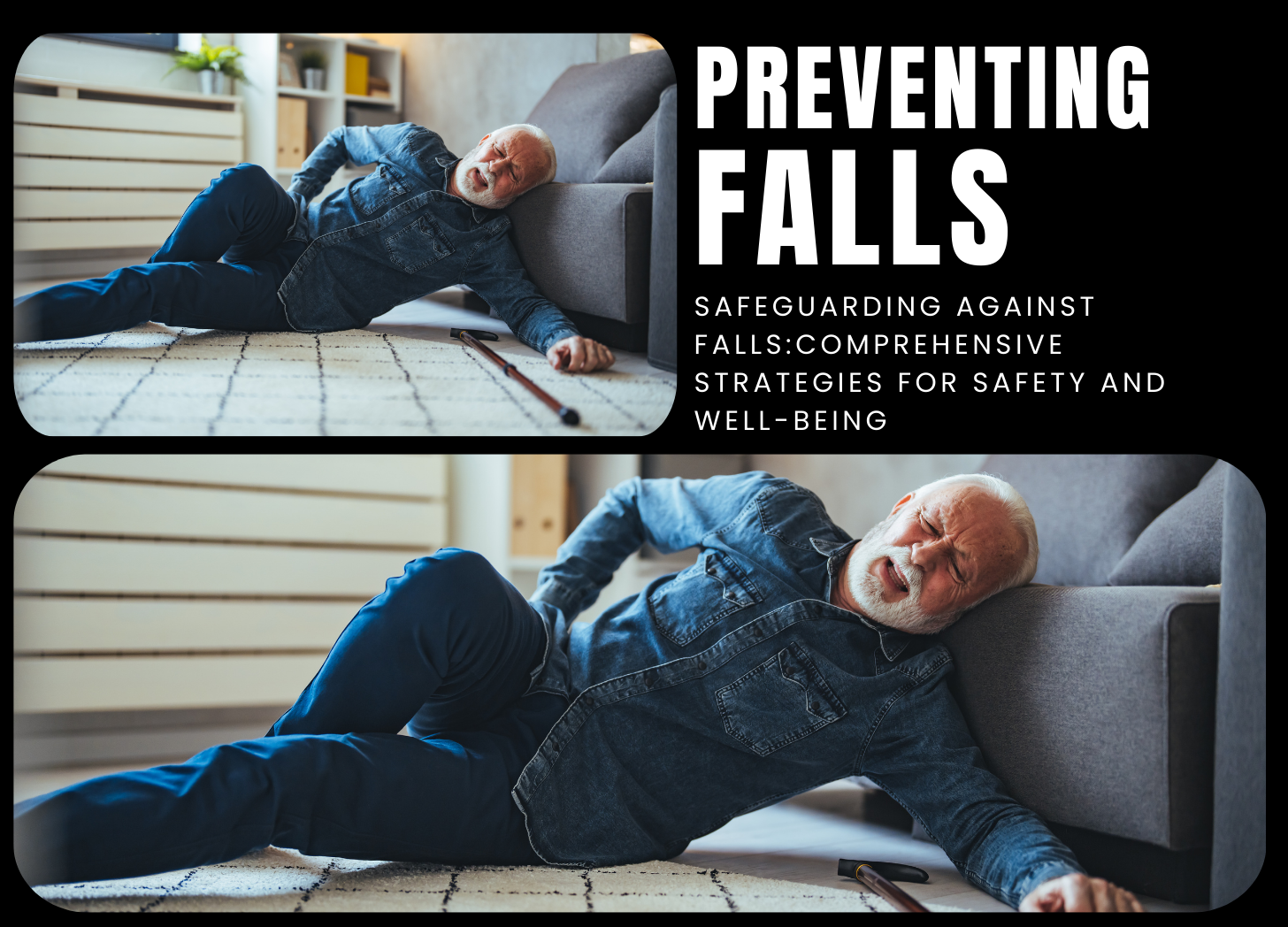Contact Us
Contact Us

Falls pose a significant public health concern, particularly among older individuals, often resulting in severe injuries, reduced mobility, and a diminished quality of life. Various factors contribute to falls, including environmental hazards, medical conditions, medication side effects, and changes in physical function. However, many falls can be prevented through proactive measures and targeted interventions aimed at reducing risk factors and enhancing safety.
A crucial step in fall prevention is conducting a comprehensive assessment of an individual’s risk factors for falling. This assessment may involve evaluating balance and gait, muscle strength and flexibility, vision and hearing, medication use, home environment, and previous fall history. Identifying and addressing modifiable risk factors can significantly reduce the likelihood of falls and improve overall safety.
Environmental adjustments, particularly within the home, play a vital role in fall prevention. Removing tripping hazards such as loose carpets, electrical cords, and clutter, installing grab bars and handrails in bathrooms and stairwells, improving lighting, and maintaining clear pathways can all help mitigate the risk of falls. Additionally, individuals at risk of falling may benefit from using assistive devices such as canes, walkers, or stairlifts.
Regular exercise is another essential component of fall prevention, as it enhances strength, balance, flexibility, and coordination, thereby reducing the risk of falls and improving overall physical function. Activities such as tai chi, yoga, strength training, and balance exercises can help older individuals maintain their independence and lower their risk of falling.
Effective medication management is critical in fall prevention, as certain medications may increase the risk of falling due to side effects such as dizziness, drowsiness, or impaired balance. Healthcare providers should regularly review medication lists, identify potentially inappropriate medications, adjust doses, and prescribe alternative treatments as necessary to minimize the risk of falls.
Raising awareness about fall prevention and fostering a culture of safety among healthcare providers, caregivers, and older individuals is essential for reducing the incidence of falls. Education on fall risk factors, safety precautions, and emergency response procedures can empower individuals to take proactive measures to protect themselves and others from falls.
Falls represent a significant health risk, particularly among older adults, with potentially devastating consequences. Through the implementation of comprehensive fall prevention strategies such as risk assessment, environmental modifications, exercise, medication management, and education, individuals and communities can work together to minimize the occurrence of falls and enhance overall safety and well-being.
Post a Comment